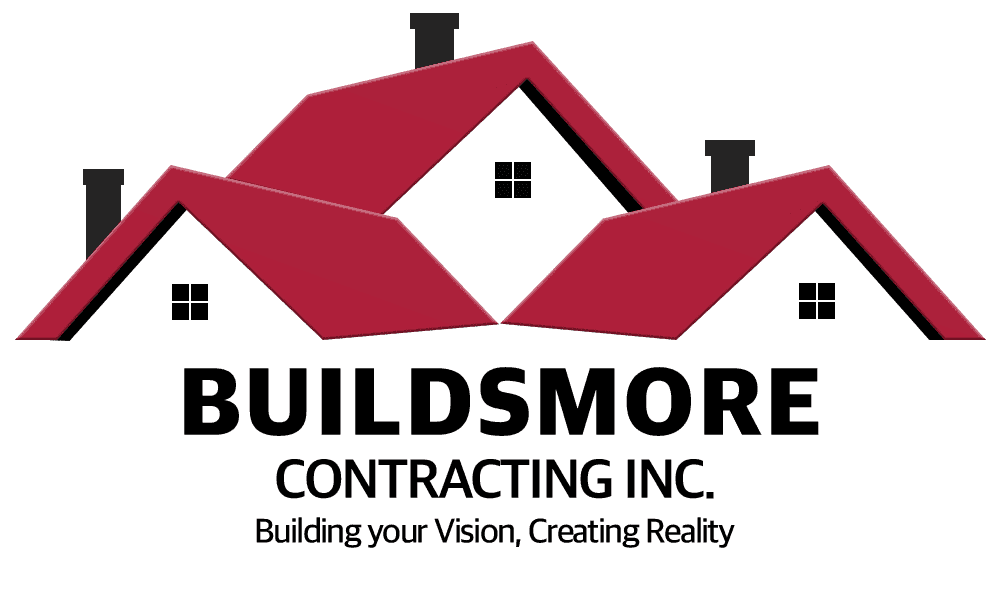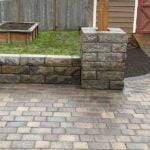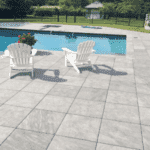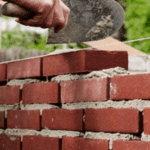In the dynamic realm of construction and remodeling, the demand for quality flooring services and expert railings installation remains consistently high. Whether you are considering a Home Renovation Company or commercial project, understanding the intricacies of these services is crucial. In this comprehensive guide, we will delve into the questions surrounding the demand for flooring, the potential earnings, cost-effectiveness of DIY flooring, stair railings installation, and the factors influencing the cost of railing installation.
Is Flooring in Demand?
Flooring is a foundational element in any construction or remodeling project, and its demand is a testament to its significance. From homeowners looking to revamp their living spaces to businesses seeking a modern aesthetic, the need for quality flooring services is ever-present. Factors such as wear and tear, changing design trends, and the desire for energy-efficient solutions contribute to the sustained demand for flooring services.
How Much Money Can You Make Flooring?
The potential earnings in the flooring industry can vary based on factors like expertise, location, and the scale of projects undertaken. Skilled flooring professionals often find lucrative opportunities, especially in areas with a high demand for remodeling and construction services. Establishing a reputation for delivering quality work, offering diverse flooring options, and providing excellent customer service can significantly impact your earning potential.
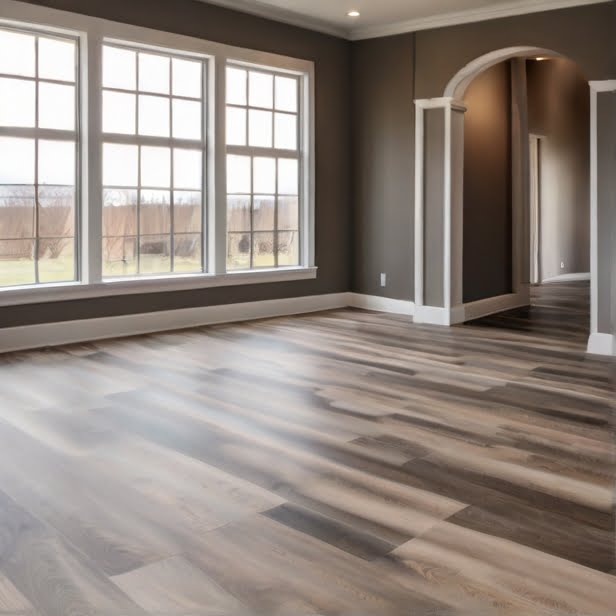
Is It Cheaper to Make Your Own Flooring?
While the idea of crafting your own flooring may seem appealing, the cost-effectiveness depends on various factors. DIY flooring projects can save money on labor costs, but it’s crucial to consider the materials, tools, and time involved. Professional flooring Services often have access to bulk materials at discounted rates and possess the expertise to ensure a durable and aesthetically pleasing result. Before embarking on a DIY flooring project, carefully weigh the costs and potential challenges.
How Do You Install Stair Railings?
Installing stair railings is a meticulous process that requires precision and expertise. Here is a step-by-step guide to assist you:
Measure and Plan:
Accurate measurements are crucial for a successful railing installation. Plan the placement and height of the railing to ensure it complies with safety standards.
Gather Materials:
Acquire the necessary materials, including the railing system, brackets, screws, and a level. Opt for high-quality materials to ensure durability.
Prepare the Surface:
Ensure the surface is clean and free of any obstacles. If installing on concrete steps, use a hammer drill to create anchor points for the railing.
Install Brackets:
Secure the brackets to the designated points, ensuring they are level and properly aligned. This forms the foundation for the railing.
Attach the Railing:
With the brackets in place, attach the railing securely. Double-check the alignment and make any necessary adjustments.
Secure and Test:
Use screws to firmly secure the railing to the brackets. Once installed, test the railing’s sturdiness to ensure it meets safety standards.
How Much Does It Cost to Install a Rail?
The cost of railing installation can vary based on factors such as material, design complexity, and labor. On average, you can expect to invest anywhere from $50 to $120 per linear foot for professionally installed railings. Intricate designs, premium materials, and custom features may increase the overall cost. It’s advisable to obtain multiple quotes from reputable contractors to ensure a fair and competitive price.
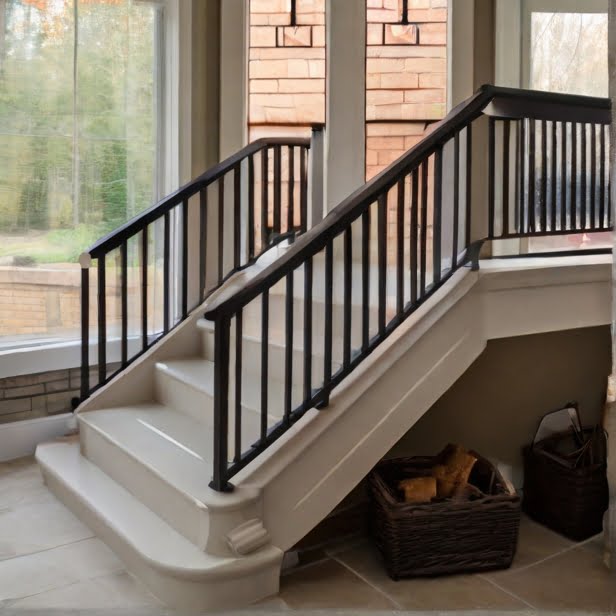
How Do You Install a Railing on Concrete Steps?
Installing a railing on concrete steps involves additional considerations. Follow these steps for a successful installation:
Prepare the Concrete:
Clean the concrete surface thoroughly, removing any debris or loose particles. Use a degreaser if necessary.
Mark Anchor Points:
Use a pencil to mark the precise locations for the railing anchors. Ensure they align with the intended placement of the railing.
Drill Anchor Holes:
Utilize a hammer drill with a masonry bit to drill anchor holes into the concrete. The depth of the holes should accommodate the anchor screws.
Insert Anchors:
Place the anchor sleeves into the drilled holes. Hammer them in until they are flush with the surface.
Attach Brackets:
Secure the railing brackets to the anchor sleeves, ensuring they are level and securely attached.
Install the Railing:
With the brackets in place, attach the railing according to the manufacturer’s instructions. Check for alignment and stability.
Secure and Test:
Use appropriate screws to secure the railing to the brackets. Perform a thorough test to confirm the railing’s stability and safety.
By following these steps, you can achieve a secure and aesthetically pleasing railing installation on concrete steps.
Conclusion
In conclusion, flooring services and railings installation play pivotal roles in enhancing the functionality and aesthetics of any space. Whether you are a homeowner exploring flooring options or a contractor looking to provide top-notch services, understanding the demand, potential earnings, and installation processes is essential. For expert flooring services and railings installation in, Buildsmore is your trusted partner. Visit our website Buildsmore to explore our offerings and embark on a journey to transform your space.

